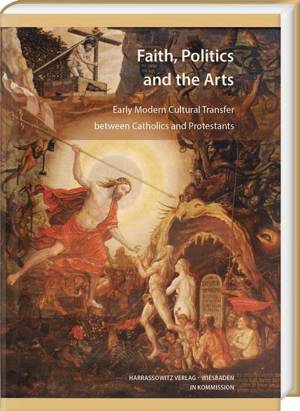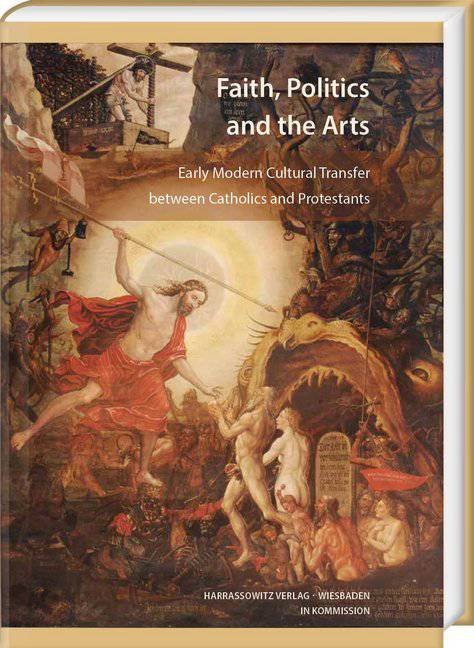
- Afhalen na 1 uur in een winkel met voorraad
- Gratis thuislevering in België vanaf € 30
- Ruim aanbod met 7 miljoen producten
- Afhalen na 1 uur in een winkel met voorraad
- Gratis thuislevering in België vanaf € 30
- Ruim aanbod met 7 miljoen producten
Zoeken
Faith, Politics and the Arts
Early Modern Cultural Transfer Between Catholics and Protestants
€ 196,95
+ 393 punten
Omschrijving
This volume brings together essays based on a conference that took place in 2016 at the Herzog August Bibliothek in Wolfenbuttel. The purpose of the event was to explore the role of the arts within confessional transfer and negotiation processes. While many aspects of cultural transfer in the field of secular representation within Europe are already well studied, the exchange of architectural forms and images between different confessions as well as the political contexts and motivations for these exchanges remain little understood. For this reason the following questions are central to this volume: Which aspects of art and architecture were transferred from one confession to another, and how were they modified? What theological or political intentions motivated processes of reception and adaptation? How did the arts help to interpret the relationship between politics and religion, and how did they, as part of a linguistic and visual discourse, model the relationship between spiritual and temporal powers? And to what extent was religious tolerance thereby encouraged or undermined?
Specificaties
Betrokkenen
- Uitgeverij:
Inhoud
- Aantal bladzijden:
- 392
- Taal:
- Engels
- Reeks:
- Reeksnummer:
- nr. 158
Eigenschappen
- Productcode (EAN):
- 9783447111409
- Verschijningsdatum:
- 17/12/2019
- Uitvoering:
- Hardcover
- Formaat:
- Genaaid
- Afmetingen:
- 168 mm x 244 mm
- Gewicht:
- 1020 g

Alleen bij Standaard Boekhandel
+ 393 punten op je klantenkaart van Standaard Boekhandel
Beoordelingen
We publiceren alleen reviews die voldoen aan de voorwaarden voor reviews. Bekijk onze voorwaarden voor reviews.










